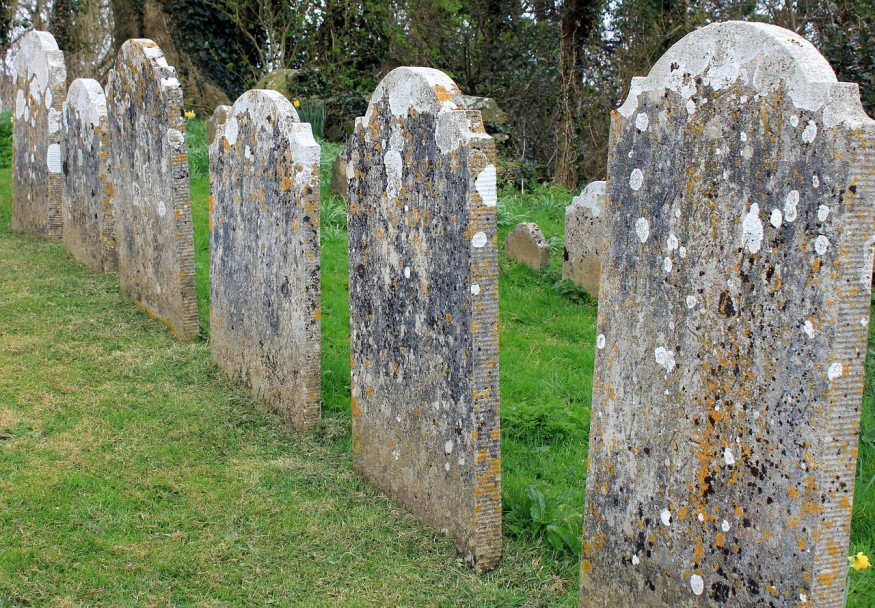
Archaeologists were able to find several dozen pre-Incan burials from the Wari culture in Peru. This Wari culture prospered in the area before the taking over of the Incas.
Pre-Incan Burials Discovered
The discovery covered at least 73 pre-Incan burials that date back roughly 1,000 years. This was a couple of hundred years before the Inca took over certain regions across western South America.
Archaeologist Krzysztof Makowski, who heads the archaeological research at the site and is from the Pontifical Catholic University of Peru, explains that each individual body was covered in fabric and rope. Aside from this, they also observed that some bodies were observed to wear masks of carved ceramic and wood. These accessories are called "false heads." Archaeologists also found colorful ceramics in some burials.
Wari Culture
The pre-Incan mummy burials were found close to Lima at the Pachacámac archaeological site. They were kept close to the Painted Temple of the Wari and date back to 800 to 1100. This period was when the Wari Empire was growing in the area.
The Wari culture is known to have mummies that are well preserved. They are also known for intricate art, including fabrics and ceramics that are elaborately designed. The culture is also commended for its textiles, which remained well-preserved in burials in the desert. They also had quite specialized and sophisticated metalwork.
The Wari people also used to sacrifice humans. They made use of hallucinogens during some religious and sacred rituals.
Wooden Staffs Also Found
Aside from these, the archaeologists also discovered two wooden staff close to the cemetery in the nearby settlement's remains. The staffs were found in a deposit containing the shells of thorny oysters. These may have been imported to what is presently Ecuador, which sits at the Wari Empire's north.
The two wooden staffs were observed to have iconography carved over them. These carvings suggest that Pachacámac individuals had a certain degree of contact with individuals from the kingdom of Tiwanaku, situated at the Wari Empire's south. This is now part of Chile, Bolivia, and Peru.
Each staff had a carving that displayed a dignitary with a headgear that appeared similar to what was worn in the Tiwanaku kingdom.
Pachacámac
Pachacámac excavations and analysis of the remains are still ongoing. In the language of Quechea spoken by the Andes' indigenous people, Pachacámac actually translates to the one who gives life to Earth.
According to archaeological research, Pachacámac was quite a modest settlement during the Wari Empire's time. However, it substantially grew during the Inca's time in the 15th century. The site ended up becoming a major religious worship area during the time of the Inca.
Check out more news and information on Archaeology in Science Times.











